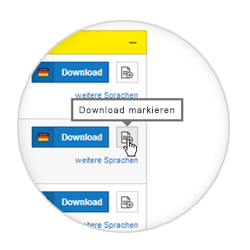Measurement technology improves brewing processes
Where is measurement technology needed in a brewery?
Measurement technology facilitates the brewing process in many places and thus ensures optimised processes and reliable production.
- Pressure
- level and
- switching
are important parameters to keep an eye on at all times during brewing. Alpirsbacher Klosterbräu, a traditional brewery in the Black Forest whose beers repeatedly win awards, also uses a large number of measuring instruments from VEGA.
Differential pressure measurement across the filter: What is it good for?
Beer contains a large amount of yeast, which, however, has to be filtered out during the brewing process. Most of it is already removed in the separator after leaving the green beer storage tank, before it enters the filtering stage. Turbidity and the remaining yeast cells are removed to give the beer its bright, clear appearance. Precise monitoring of the differential pressure is very important, in order to be able to react quickly and provide the right amount of diatomaceous earth for the beer being filtered.
Alpirsbacher Klosterbräu accomplishes this quite well with the VEGABAR pressure sensor. “We can now measure very accurately,” says Jürgen Wöhrle, the man responsible for quality assurance and quality management at the brewery, and who is more than satisfied with the sensor.
The quick installation and user-friendly operation via the VEGA Tools app on a tablet or smartphone further simplify the processes in the brewery.
Where else do the pressure sensors provide data?
“We need to know how much liquid is in the tanks at any given time,” explains Jürgen Wöhrle.
At what point does the point level become important?
Many measuring points, but very little work integrating them
In this episode of VEGA talk, Stefan and Jürgen show where measurement technology is used in the brewing process at Alpirsbacher Klosterbräu
Related industries
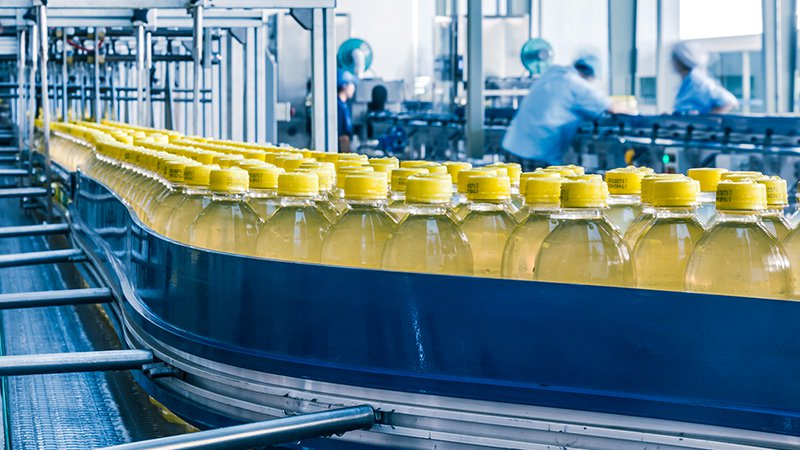
Food industry
Applications
Diatomaceous earth filter
Differential pressure and limit level measurement in the diatomaceous earth filter
After a large part of the yeast has already been filtered out in the separator, the brew leaves the green beer storage tank and is pumped into the diatomaceous earth filter for filtration. Here, the remaining yeast cells and other substances causing turbidity are removed with the help of diatomaceous earth, which clarifies the beer. The limit level is detected in the diatomaceous earth storage tank. If necessary, diatomaceous earth is added to the diatomaceous earth filter via water inflow. The degree of contamination of the diatomaceous earth filter is monitored by an electronic differential pressure measuring system.
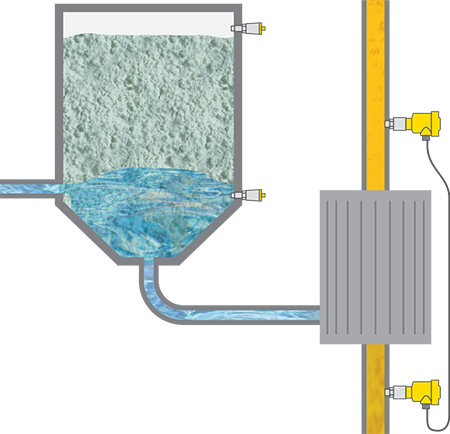
Reliable
Approved materials in compliance with FDA and EC 1935/2004
Cost effective
Monitoring of the diatomaceous earth filter ensures continuous operation
User friendly
Easy diagnosis thanks to Bluetooth communication
Fermentation tank
Level, pressure and point level measurement in the fermentation tank
After the wort has been cooled down to the appropriate temperature in the wort cooler, it is pumped into the fermentation tanks. The fermentation process is then started by adding in yeast. The yeast converts the malt sugar dissolved in the wort into carbonic acid and alcohol. To ensure optimal fermentation in the tank, the following key parameters are measured: hydrostatic pressure for determining the level, overpressure for CO2 content monitoring and limit level for overfill or dry run protection.
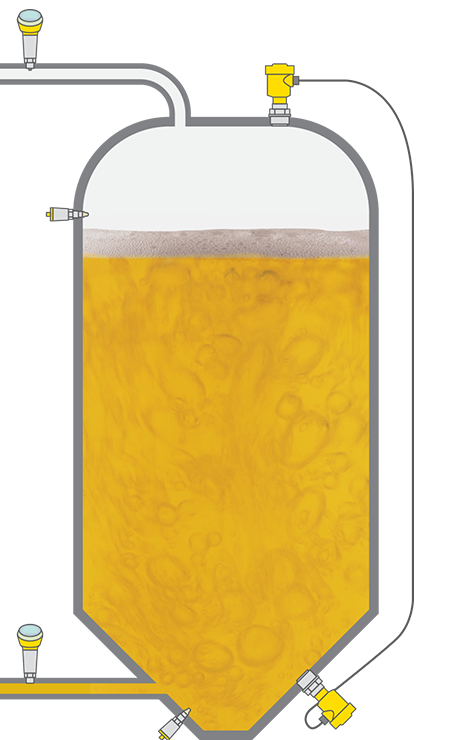
Reliable
Certified materials according to FDA and EC 1935/2004 regulations
Cost effective
Accurate monitoring optimizes the brewing process
User friendly
One measuring instrument, three measured values: Level, overpressure, temperature
Malt mill
Point level detection in the malt mill
The malt is prepared for mashing in the malt mill. Wet or dry malt mills are used depending on which brewing process is being used. During the milling process it is important to have a continuous flow of malt. If the mill is operated without malt, wear increases, which can lead to breakdowns and outages. To prevent the mill from running empty, the limit level is monitored.
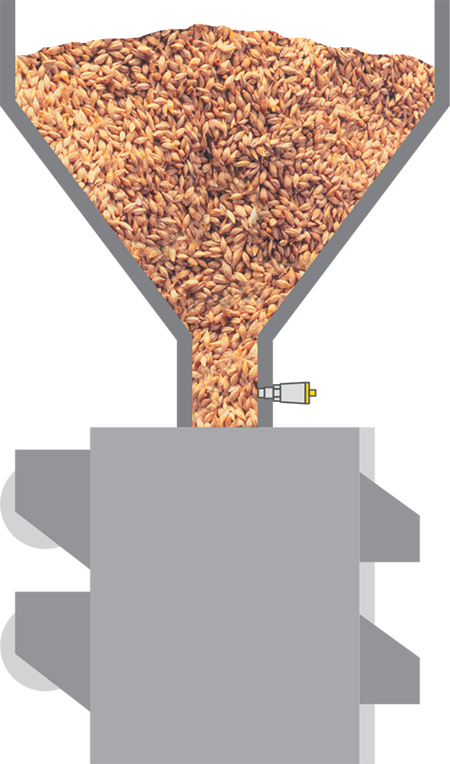
Reliable
Certified materials according to FDA and EC 1935/2004 regulations
Cost effective
Minimal mounting depth ensures maintenance-free operation
User friendly
No adjustment required
Products
Export this article
Download as PDFShare this article
Comments ({{comments.length}})
{{getCommentAuthor(comment, "Anonymous")}} {{comment.timestamp | date : "dd.MM.yyyy HH:mm" }}
{{comment.comment}}









